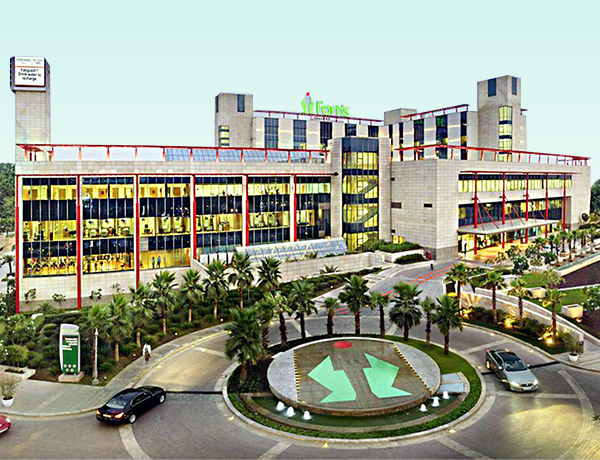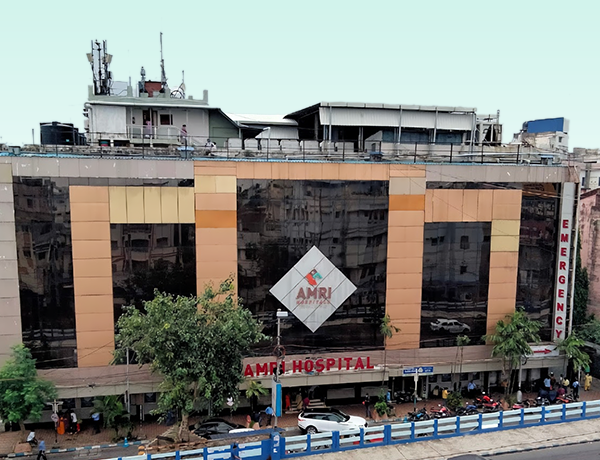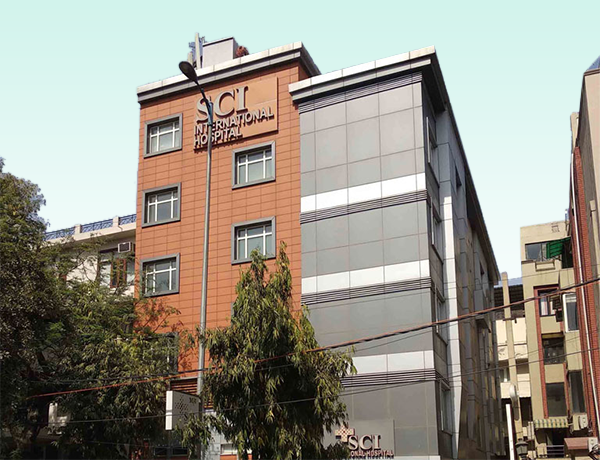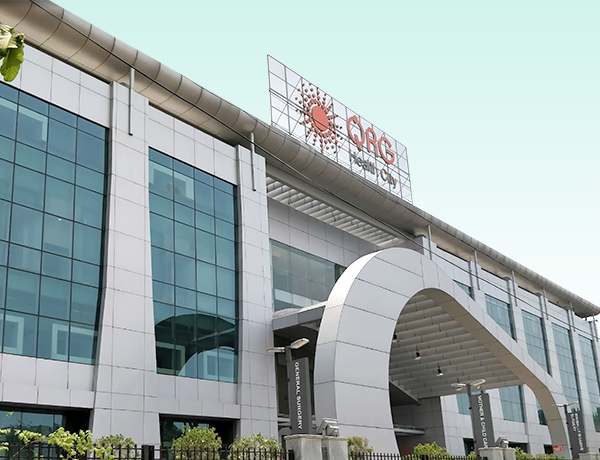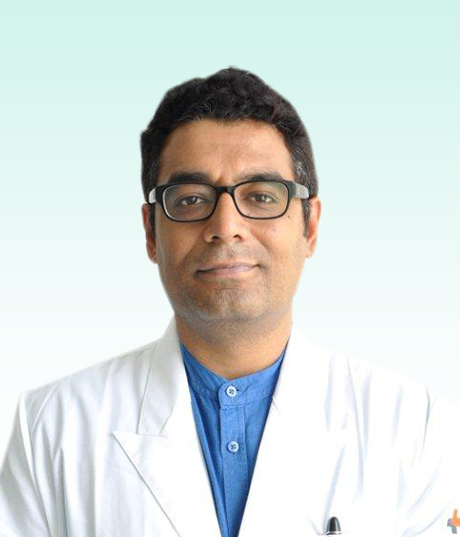Arthroscopic Meniscectomy
Arthroscopic meniscectomy is typically recommended for individuals who have a torn meniscus, a common knee injury. The meniscus is a C-shaped cartilage structure that acts as a shock absorber between the thighbone (femur) and shinbone (tibia) in the knee joint. When the meniscus tears and causes persistent pain, swelling, locking, or limited mobility, arthroscopic meniscectomy may be necessary.

When to See a Specialist
If you experience persistent knee pain, or swelling, or have difficulty fully extending or flexing your knee, it is advisable to consult a specialist. An orthopedic surgeon or sports medicine specialist can evaluate your condition, perform diagnostic tests, and determine if arthroscopic meniscectomy is the appropriate treatment option for you. They will consider your medical history, conduct a physical examination, and may request imaging tests, such as MRI or X-rays, to assess the extent and location of the meniscal tear.
Procedure of Arthroscopic Meniscectomy
Anesthesia: Before the procedure, you will be given anesthesia to ensure you are comfortable and pain-free during the surgery. This may include general anesthesia or regional anesthesia, such as a nerve block or spinal anesthesia.
Incisions and Arthroscope Insertion: The surgeon will make small incisions around the knee joint. Through one of these incisions, they will insert an arthroscope, a thin tube with a camera attached, to visualize the inside of the knee joint.
Evaluation and Meniscal Removal: Using the arthroscope, the surgeon will assess the extent of the meniscal tear. If the tear is not repairable or causing significant symptoms, the surgeon will use surgical instruments inserted through additional incisions to remove the torn portion of the meniscus.
Closure and Recovery: Once the meniscal tissue is removed, the surgeon will close the incisions with sutures or adhesive strips. A sterile dressing will be applied to protect the incisions. You will then be moved to a recovery area, where you will be monitored as you wake up from the anesthesia.
Road to Recovery
The recovery process after arthroscopic meniscectomy may vary depending on the extent of the meniscal injury and the individual’s healing capabilities. Here are some key aspects of the road to recovery:
Pain Management: You will receive pain medication to manage post-operative discomfort. Cold therapy and elevation of the leg can also help reduce swelling and pain.
Weight-Bearing and Mobility: You may need to use crutches or a knee brace to protect the knee and promote proper weight-bearing. Your surgeon will provide guidelines on when you can gradually transition to bearing full weight on the operated knee.
Rehabilitation and Physical Therapy: Following surgery, you will work with a physical therapist who will guide you through exercises to regain strength, flexibility, and stability in the knee joint. The therapist will create a customized rehabilitation plan based on your specific needs.
Follow-up Appointments: Regular follow-up appointments with your surgeon will allow them to monitor your progress, assess the healing process, and make any necessary adjustments to your recovery plan.
Risk Management
As with any surgical procedure, arthroscopic meniscectomy carries certain risks. These can include infection, bleeding, blood clots, stiffness, and a small risk of persistent pain. However, complications are relatively rare, and measures are taken to minimize these risks. It is important to follow your surgeon’s post-operative instructions, including wound care, medication management, and activity restrictions, to minimize the potential for complications.
Benefits of Arthroscopic Meniscectomy
Arthroscopic meniscectomy offers several benefits, including:
Pain Relief: By removing the torn portion of the meniscus, arthroscopic meniscectomy can alleviate pain and improve overall knee function.
Improved Joint Stability: Meniscectomy can restore stability to the knee joint, reducing the risk of further injuries and improving overall joint function.
Faster Recovery Time: Arthroscopic surgery involves smaller incisions and less trauma to the surrounding tissues, resulting in shorter recovery times compared to traditional open surgery.
Frequently Asked Questions
How long does it take to recover from arthroscopic meniscectomy?
Recovery times vary depending on the extent of the meniscal injury and individual factors. Generally, it takes several weeks to a few months to fully recover and return to normal activities.
Can I resume sports activities after the meniscectomy?
In many cases, individuals can gradually return to sports activities following a successful recovery and rehabilitation period. Your surgeon and physical therapist will provide guidelines based on your specific situation and the demands of your chosen activities.
Will removing a portion of the meniscus lead to future knee problems?
While meniscectomy removes a portion of the meniscus, the remaining healthy tissue can still provide sufficient support and cushioning to the knee joint. However, it is important to follow proper rehabilitation and activity guidelines to minimize the risk of future knee problems.
Can arthroscopic meniscectomy be performed on older adults?
Yes, arthroscopic meniscectomy can be performed on older adults. However, the decision depends on factors such as overall health, mobility, and the specific characteristics of the meniscal tear. Your surgeon will assess your individual case to determine the most appropriate treatment plan.
Treatians As The Best Choice
Treatians understand that seeking medical treatment abroad can be a daunting experience for patients and their families. That’s why the company offers end-to-end support to its clients, from the initial consultation to post-treatment care. The company provides personalized treatment plans that are tailored to meet the individual needs of each patient, and its team of dedicated professionals is always on hand to provide guidance and support throughout the entire process. Contact us at +91-7982312582, drop your email [email protected]
- Trauma & intensive care
- Aged Care
- Community Services
- Diagnosis & Investigation
- Medical & Surgical
- Mental Health
- Rehabitation
- Specialised Support Service







